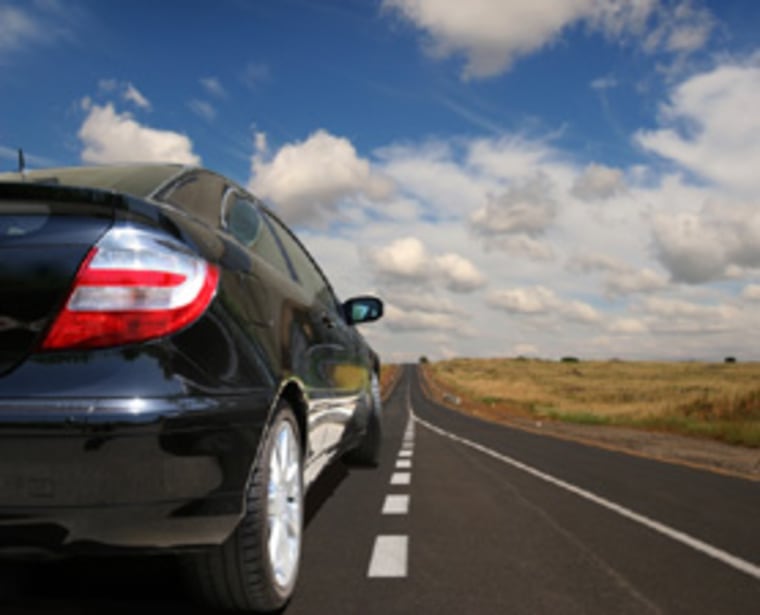The energy in the roiling wake of your car might be harnessed to power your phone or the electronics of your vehicle, if new research is successful.
A team led by Yiannis Andreopoulos at the City College of New York wants to take advantage of the energy in the turbulence behind vehicles and turn it into usable form.
"This device could power batteries where you can't have electricity," Andreopoulos told Discovery News.
The device offers a new (albeit small) form of alternative energy as the world focuses on ways to reduce emissions from traditional fossil fuels to slow global warming. It works by taking advantage of materials that can convert the energy of motion (kinetic energy) into electricity.
So-called piezoelectric materials are not new. They are used to generate the voltage that ignites your gas grill when you push a button, for instance.
These materials have a crystalline structure, and when they are compressed in one direction, they generate a current. Modern piezoelectric materials can be made out of flexible plastic.
The researchers used strips roughly the size of a bandage, but stiffer, with a very thin piezoelectric coating overtop a non-conducting plastic core.
The team tested the strips in a wind tunnel, experimenting with where in the wake of a cylinder to place the devices to generate the most electricity. They studied a cylinder as a simple preliminary test shape.
When air flows around an object, the flow pattern initially follows the shape of the object in streamlines, but at a certain point, it separates from the shape, creating churning turbulence behind, with eddies and vortexes flowing in an irregular pattern.
The vortexes that come off of the cylinder create points of low pressure that vary in location with a particular frequency. By putting the piezoelectric strips in the low-pressure spots, the team achieved the maximum power output.
One problem is that the ideal location varies with speed. "Which speed should you design the device for? Probably the cruising speed." Andreopoulos said.
Attaching many devices to a vehicle would increase the amount of power output. "You would have to have an array. It's much better to have a larger surface to pick up more energy."
Andreopoulos presented the findings at a meeting of the American Physical Society Division of Fluid Dynamics in Minneapolis, Minn.
"It seems to have the potential for powering microelectronics in the transportation industry, but not for large scale mass consumption," said John Gibson of the Georgia Institute of Technology, who was not a part of the research. "It's not going to power the car itself."
Andreopoulos agreed. He proposed that the devices could one day power a passenger's cell phone. It might not be much power, but it is power that would otherwise be wasted. "You get it from nothing," he said. "It doesn't cost you anything."
